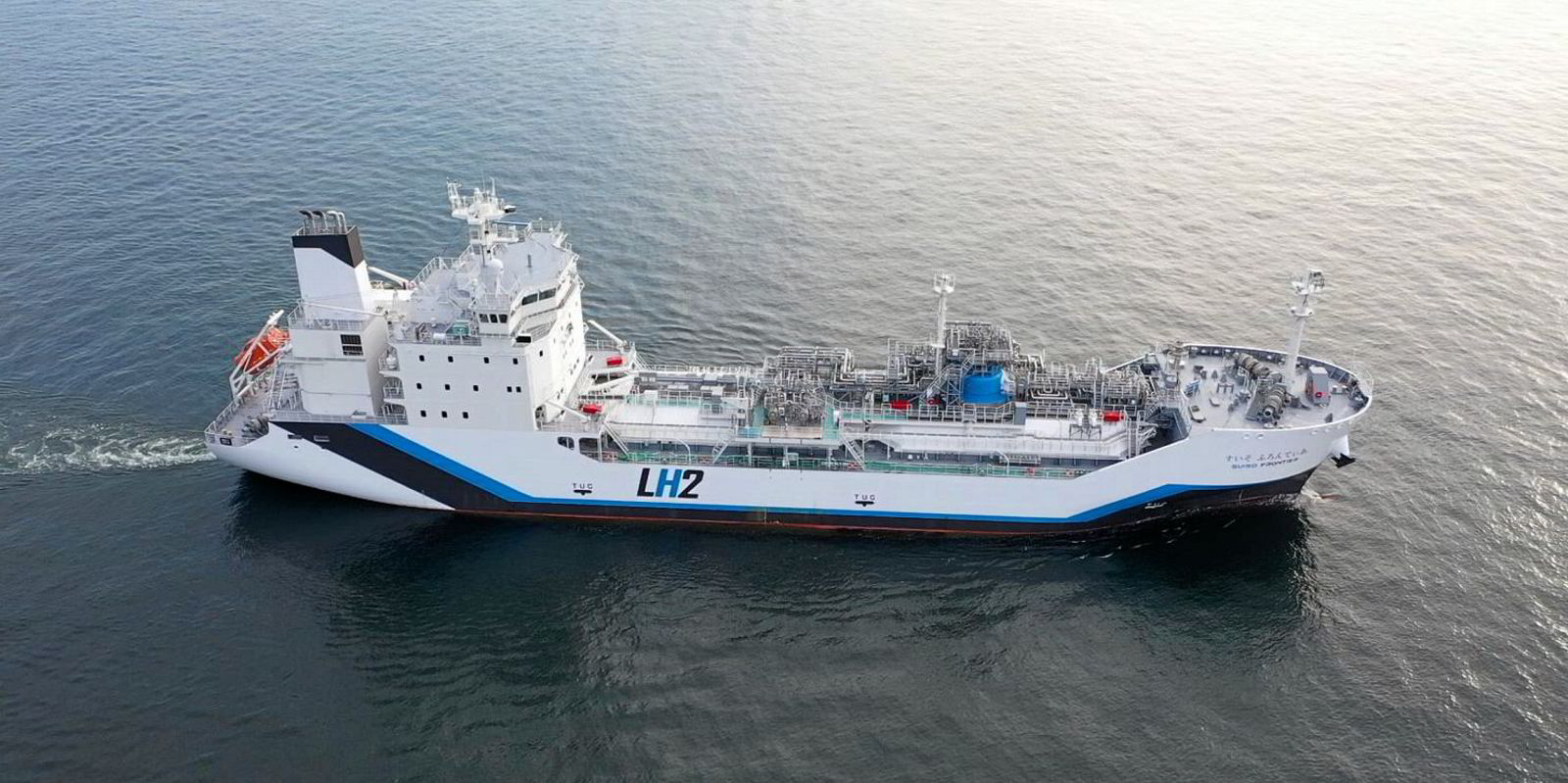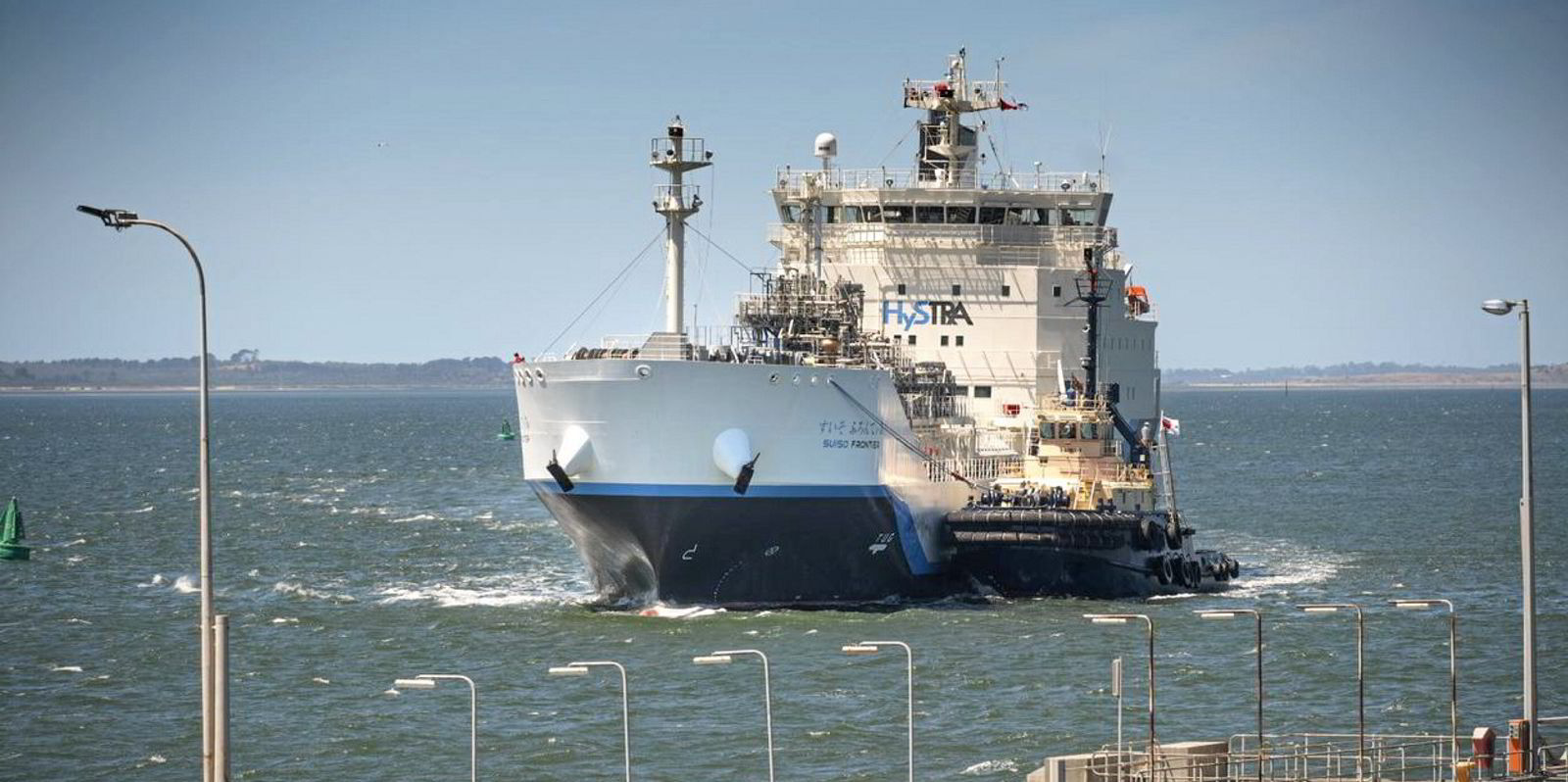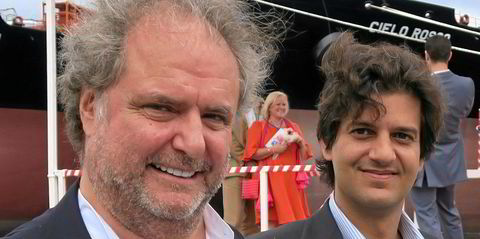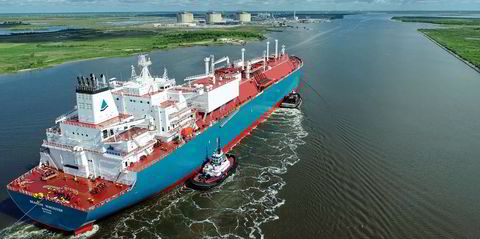An electrical failure blamed on incorrect fitting work caused a “serious” incident during the world’s first international transport of liquefied hydrogen (LH2).
A report by the Australian Transport Safety Bureau (ATSB) revealed that a one-metre-high yellow flame erupted from a gas combustion unit (GCU) vent stack on the Shell-managed 1,250-cbm LH2 carrier Suiso Frontier (built 2021) at Hastings in the south-east state of Victoria on 25 January last year.
The flame lasted for five seconds, but there was no subsequent fire, explosion or injuries.
The report found excessive temperatures in the GCU built up after an incorrectly fitted electrical solenoid valve failed, closing the air supply damper to which it was attached.
Air fan discharge damper actuators, which regulate the flow of air into the unit, were fitted with direct current electrical solenoid valves, which were incompatible with the 230-volt alternating current supply.
The accident happened as the chief mate and cargo engineer made plans to start the GCU to burn excess boil-off gas from the LH2 cargo tank.
The ATSB said the control system was not equipped to detect a damper closing during operation, and automated safety controls meant to detect the abnormality were not effective.
The vessel was built as a prototype to assess the technical aspects of transporting LH2 by sea.
The Suiso Frontier had arrived at Hastings on 20 January after its first sailing from Japan, carrying 55 tonnes of hydrogen.
“During roughly 400 hours of service prior to the occurrence, the solenoid valves were subjected to conditions for which they were not designed,” ATSB chief commissioner Angus Mitchell said.
“When one of these solenoid valves failed, the fan discharge damper it was operating closed. Consequently, the temperature of the gas combustion unit increased, eventually resulting in the discharge of flame from the unit’s vent stack.”
Action taken
In response to the incident, the manufacturer of the GCU, Saacke, fitted limit switches on each air fan discharge damper to monitor damper position.
In addition, the system’s control logic has been programmed to stop the unit if a fault is detected.
The Suiso Frontier has a single 1,250-cbm double-walled, vacuum-insulated LH2 tank positioned in the forward cargo hold. The hydrogen is stored at -250C.
The pilot vessel was built by Kawasaki Heavy Industries (KHI) and is at the heart of the Hydrogen Energy Supply Chain Project (HESC).
HESC partners are KHI, Electric Power Development Co (J-Power), Iwatani, Marubeni Corp, AGL Energy and Sumitomo Corp.






